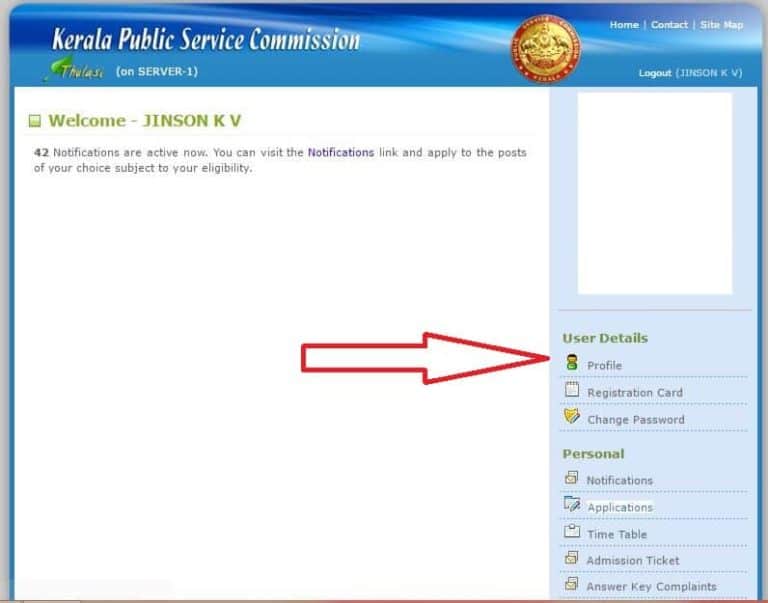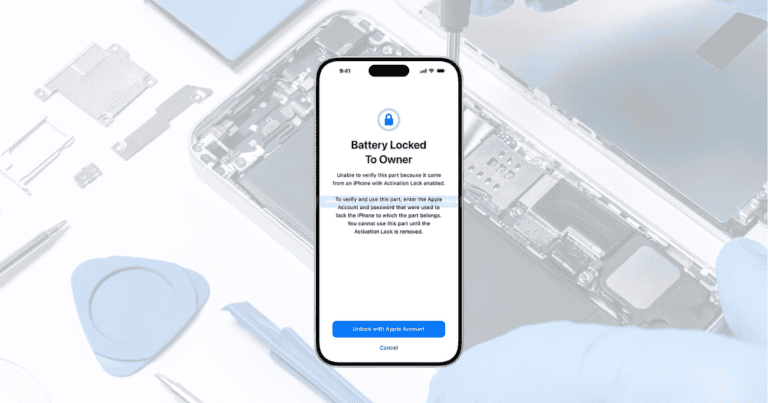macOS implements a comprehensive security framework designed to protect users from an array of malware threats. Through a multi-layered approach, macOS incorporates several features—such as Gatekeeper, XProtect, and System Integrity Protection (SIP)—that work in tandem to safeguard data and maintain system integrity. Despite the rapid evolution of cyber threats, Apple’s robust defenses and regular updates aim to provide users with reliable protection, reinforcing the importance of both technological measures and user vigilance in staying secure.
Multi-Layered Security Approach
In response to increasingly sophisticated malware, macOS employs a multi-layered security strategy to protect user data effectively:
- Gatekeeper: Restricts app installations to those from verified developers or the App Store, reducing the risk of malware.
- Notarization Process: Requires developers to submit their applications for Apple’s malware scanning before distribution, enhancing app security.
- System Integrity Protection (SIP): Prevents unauthorized modifications to critical files and system processes, strengthening the OS against attacks.
- XProtect: This built-in antivirus provides real-time malware detection and updates automatically to protect against emerging threats.
Each component reinforces the others, creating a cohesive defense mechanism. For example, by scanning applications and automatically updating threat signatures, XProtect works alongside Gatekeeper and SIP to maintain a secure macOS environment. Together, these features protect users from known malware and unauthorized modifications while maintaining system stability.
Gatekeeper and Code Signing
Gatekeeper plays a crucial role in securing macOS by ensuring that only authorized applications can run:
- Verification of Apps: Gatekeeper requires apps to be signed with a Developer ID. This prevents unsigned or unverified apps from running, minimizing the risk of malware infections.
- User Alerts: For apps outside the App Store, Gatekeeper issues warnings, prompting users to verify authenticity before installation.
- Code Signing: This digital signature mechanism helps validate the integrity of an app, ensuring it hasn’t been tampered with. It further aids macOS in detecting unauthorized modifications.
Complementing Gatekeeper, Apple’s notarization process scans apps for malware. Once verified, the app receives a notarization ticket, which Gatekeeper checks during installation. This layered verification ensures that macOS users are protected against malware and potentially harmful software, even when downloading apps from outside the App Store.
System Integrity Protection (SIP)
System Integrity Protection (SIP) builds on macOS’s security measures by limiting access to essential system files and preventing unauthorized changes:
- Restricted Root Access: By default, SIP disables root-level modifications, making it harder for malware to exploit vulnerabilities within the system.
- csrutil Tool: Advanced users can inspect SIP status and modify settings using the csrutil command-line tool, though disabling SIP is generally discouraged due to security risks.
- System File Protection: SIP protects essential files and processes, preventing unauthorized code from modifying core system elements.
SIP strengthens macOS’s defenses by safeguarding crucial system files, further reducing the risk of malware gaining high-level access to the operating system.
XProtect and Malware Detection
XProtect is macOS’s built-in antivirus solution, designed to detect and block known malware using signature-based detection methods:
- YARA Signatures: XProtect uses these to identify malware patterns, blocking known threats during app launch or file modification.
- Real-Time Scanning: The feature performs background checks and alerts users to potential malware upon detection, helping prevent infections before they spread.
- Automatic Updates: Daily updates to XProtect’s malware definitions ensure the system is prepared to defend against emerging threats without requiring manual user intervention.
XProtect also incorporates behavioral analysis techniques to detect new or unknown malware, allowing macOS to address threats that lack pre-existing signatures. This proactive defense is an essential part of macOS’s comprehensive security strategy, effectively securing user data against both known and emerging malware risks.
Regular Security Updates
macOS maintains strong security through regular updates, which address vulnerabilities and provide users with the latest protections:
- Automatic Daily Checks: macOS performs daily security scans and updates, applying new malware definitions and protections as they become available.
- Enhanced XProtect: Updates enhance XProtect’s malware detection capabilities, making it an essential line of defense against known threats.
- Notarization Revocations: Apple actively monitors for new threats and issues revocation tickets for previously notarized software found to contain malware.
Users are encouraged to enable automatic updates to ensure they receive these protections promptly, reducing exposure to vulnerabilities. This commitment to regular updates strengthens macOS’s security, allowing users to benefit from Apple’s active monitoring and swift response to emerging threats.
Built-In Security Tools
macOS features a suite of built-in security tools, which collectively work to safeguard user data:
- Gatekeeper: Verifies app sources and prevents the execution of unauthorized software.
- XProtect: Provides real-time malware detection and automatic updates for ongoing protection.
- System Integrity Protection (SIP): Protects core system files from unauthorized modifications, reinforcing overall system integrity.
- FileVault: Encrypts user data, ensuring that sensitive information remains secure even if a device is lost or stolen.
These tools create a layered defense system, providing users with a secure environment that guards against a wide array of malware threats. With additional features like the notarization process and automatic updates, macOS offers comprehensive protection that adapts to the evolving cybersecurity landscape.
Best Practices for Users
While macOS provides robust security, users play a critical role in maintaining a secure system. Implementing best practices helps reinforce the protections macOS offers:
- Keep macOS Updated: Regular updates ensure that users benefit from the latest security enhancements and malware definitions.
- Adjust Gatekeeper Settings Appropriately: Limiting app installations to the App Store or verified developers minimizes malware risks.
- Enable FileVault: Full-disk encryption protects sensitive data from unauthorized access.
- Use Strong Passwords and Two-Factor Authentication (2FA): Enhances account security, reducing the likelihood of unauthorized access.
By following these guidelines, users can maximize the effectiveness of macOS’s built-in security tools, helping to ensure data remains secure against a range of cyber threats.
Final Thoughts
macOS’s multi-layered security approach provides a strong defense against malware, combining features like Gatekeeper, XProtect, and System Integrity Protection. As cyber threats evolve, these tools offer dynamic protection that adapts to emerging risks, keeping user data secure. However, user vigilance remains crucial—adhering to best practices and staying updated reinforces macOS’s built-in defenses. Through its comprehensive security framework, macOS empowers users with the tools and guidance they need to navigate today’s digital landscape with confidence.






